Tuesday, December 29, 2009
Sikhism
Sikhism (sĭk'ĭzəm), religion centered in the Indian state of Punjab, numbering worldwide some 19 million. Some 300,000 Sikhs live in Britain, and there are smaller communities in North America, Australia, and Singapore. By the late 1990s Sikhism was the world's fifth largest faith and had some 175,000 U.S. adherents and 225,000 in Canada. Sikhism is heterodox, combining the teachings of Bhakti Hinduism and Islamic Sufism.
The founder and first Sikh guru, the mystic Nanak (c.1469-c.1539), proclaimed monotheism, the provisional nature of organized religion, and direct realization of God through religious exercises and meditation; he opposed idolatry, ritual, an organized priesthood, and the caste system. Angad (1504-52), the second guru, separated the ascetics (udasis) from the laity, eliminated most features of Hinduism, and introduced the Gurmukhi script. Under the fourth guru, Ram Das, Amritsar was founded as a sacred city. Arjun, the fifth guru, compiled devotional poetry by earlier Sikh gurus and other prominent saints into the Sikh scripture, the Adigranth, which remains central to Sikh religious life. Under succeeding gurus the Sikh community gradually united and began to develop military power; the Mughal emperor Aurangzeb responded by executing the ninth guru and ordering the destruction of Sikh temples.
In 1699, Govind Singh (1666-1708), the tenth and final guru, instituted certain practices that have become fundamental to Sikh identity. Through an initiatory rite, after which the initiate takes the surname Singh [lion], he created the military fraternity called the Khalsa, or "pure," whose ideal was the soldier-saint. He introduced the Sikh practices of wearing a turban, carrying a dagger, and never cutting the hair or beard.
By the late 18th cent. the Sikhs had conquered most of the Punjab and established various feudal states; their greatest leader was Ranjit Singh (1780-1839), who established a Sikh kingdom in the Punjab. After his death, conflict with the British caused the Sikh Wars and the subjugation of the Punjab, after which Sikh soldiers formed a significant part of the British armies in India. Despite Sikh protests, the 1947 partition of the Indian subcontinent divided their homeland. Militant Sikhs and Hindu Jats fought the Muslims of Punjab in a struggle that resulted in over a million casualties. Some 2.5 million Sikhs migrated from West Punjab (in Pakistan) into East Punjab (in India). The years immediately following partition brought a period of relative stability and prosperity.
More recently, militant Sikhs have called for an autonomous Sikh state, Khalistan, within or separate from India. Turmoil in the Punjab erupted in the early 1980s, marked most dramatically by the 1984 storming by the Indian Army of the Golden Temple at Amritsar, which had been taken over by militant Sikhs. Prime Minister Indira Gandhi was assassinated by her Sikh bodyguards in reprisal, after which mobs (some incited by local Congress party leaders) massacred Sikhs throughout India: in Delhi alone, more than 3,000 Sikhs were killed. Religious hostilities and communal violence in the Punjab continued into the early 1990s.
Bibliography
See K. Singh, A History of the Sikhs (2 vol., 1963-66); J. D. Cunningham, A History of the Sikhs (repr. 1966); G. Singh, The Religion of the Sikhs (1971); W. H. McLeod, Guru Nanak and the Sikh Religion (1976); J. O'Connell, ed., Sikh History and Religion in the Twentieth Century (1988).
--------------------------------------------------------------------------------
Subscribe to:
Post Comments (Atom)

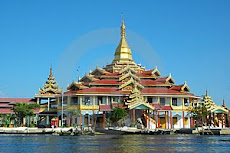
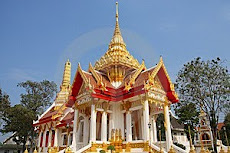



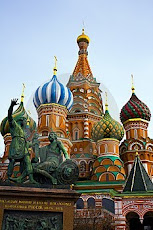


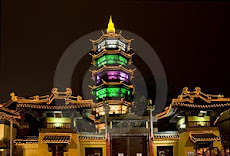
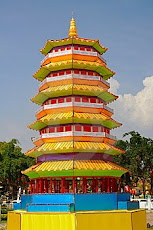
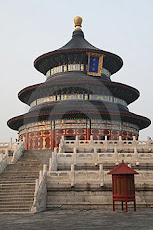
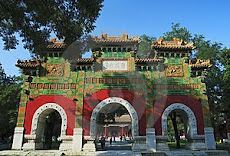

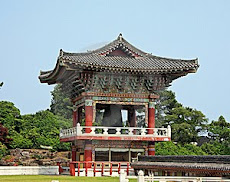
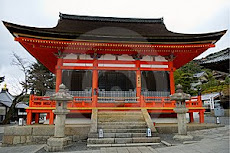

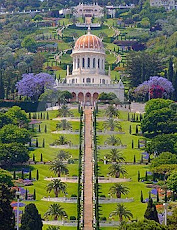



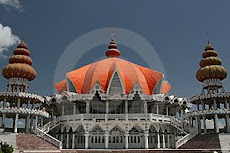

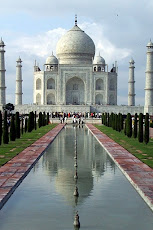

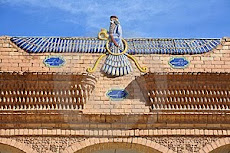


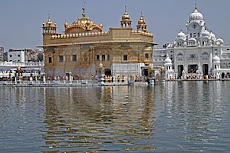
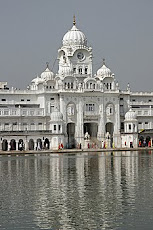
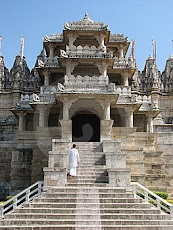






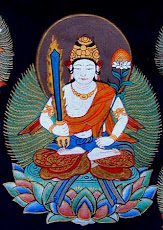







No comments:
Post a Comment